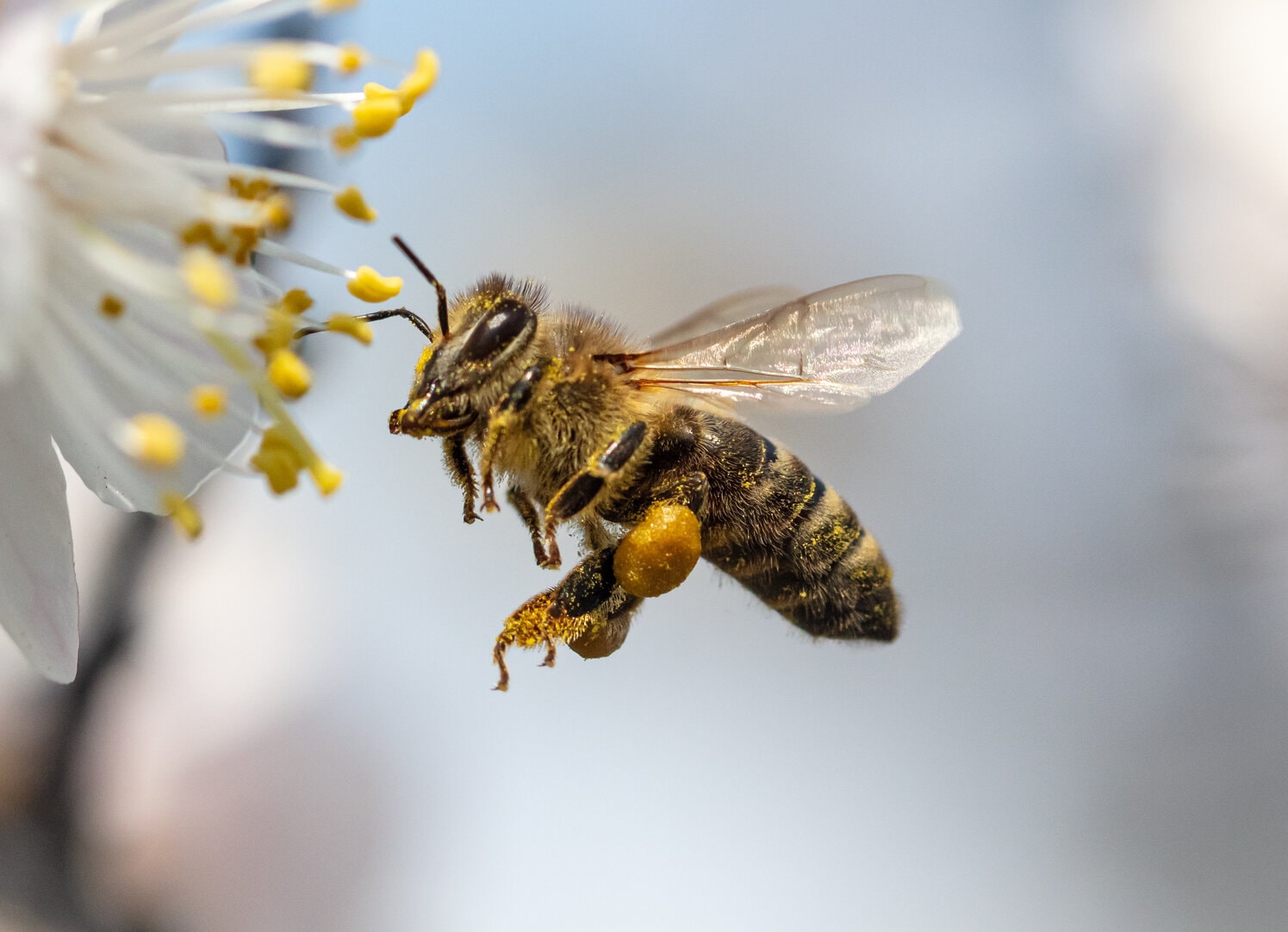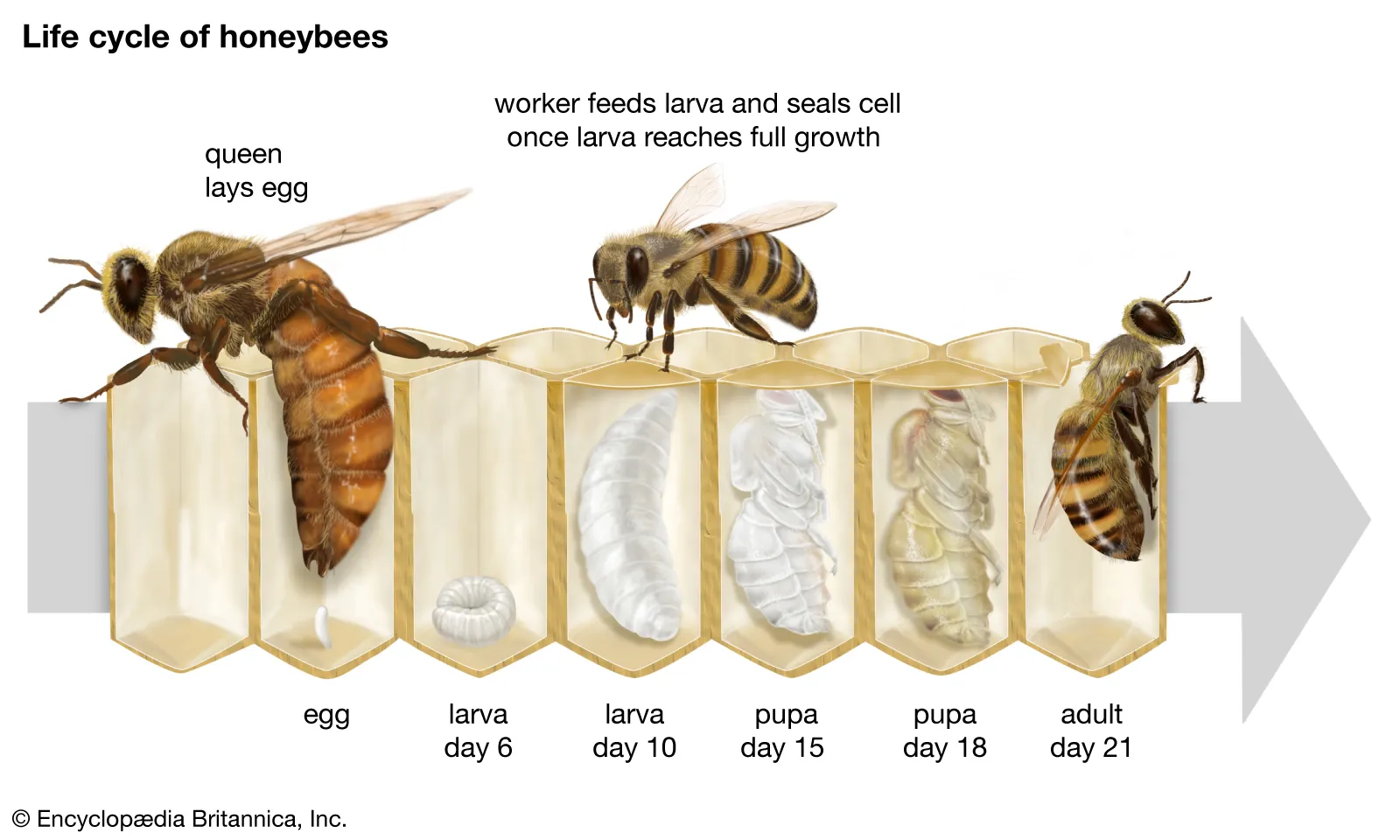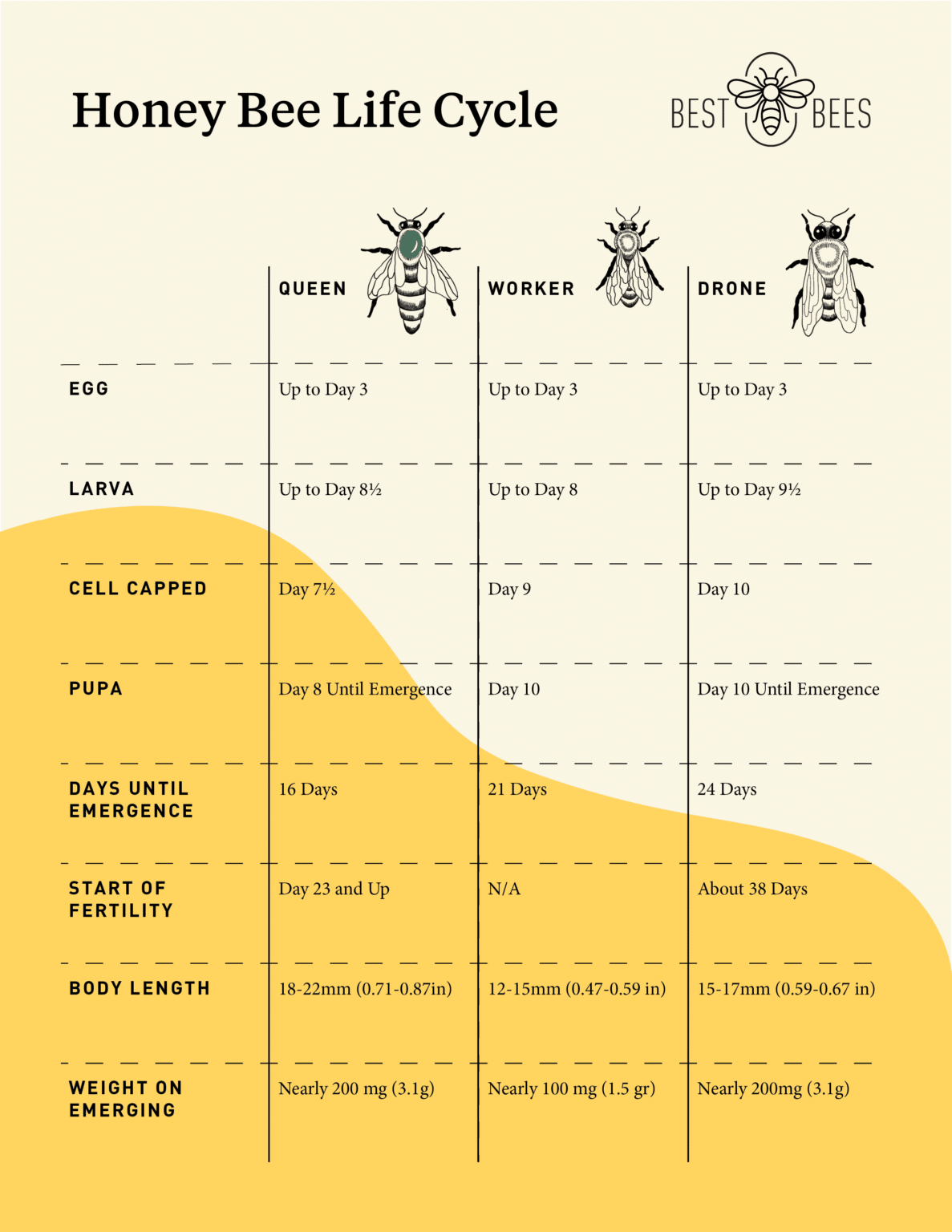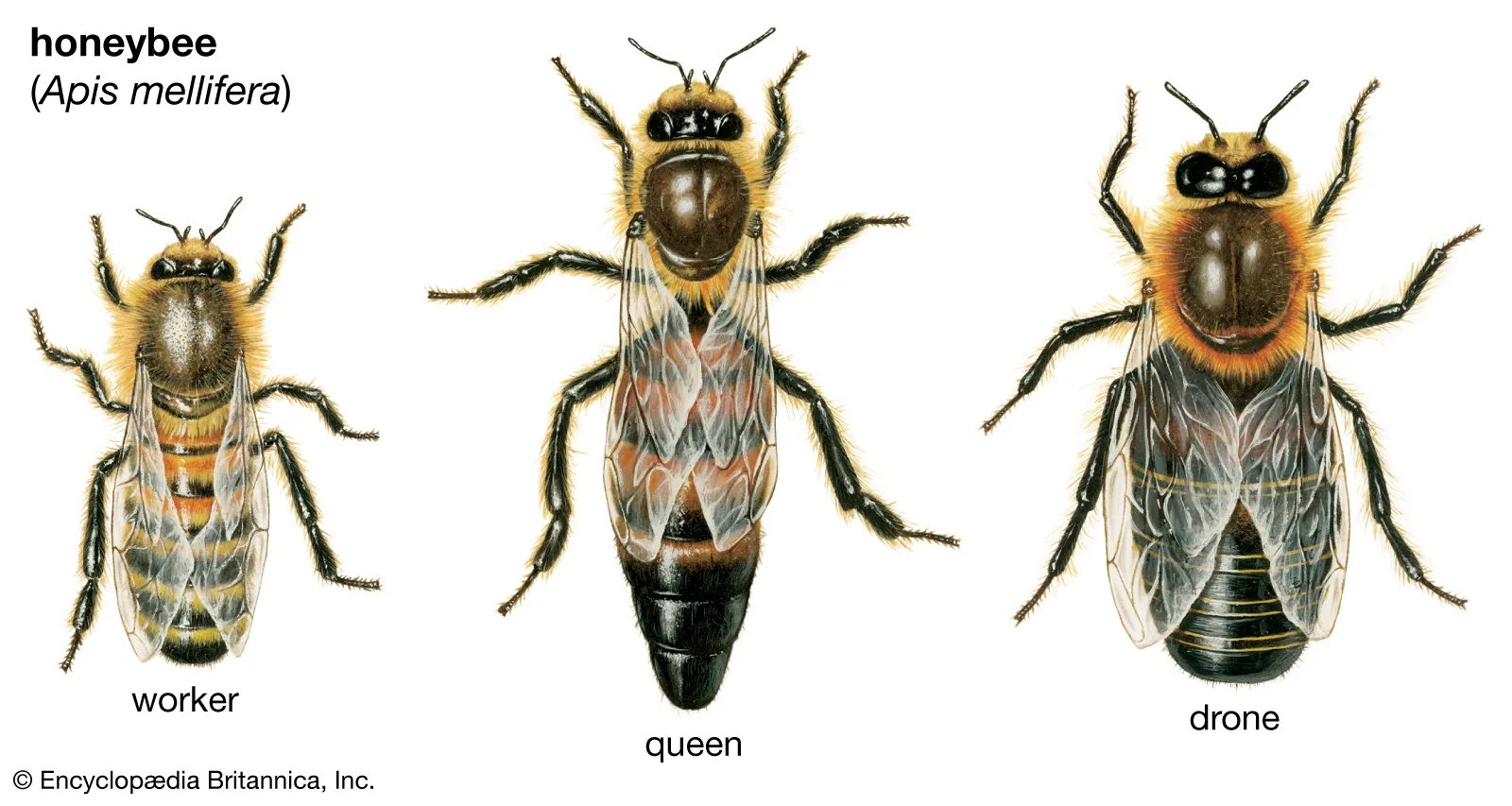Note: This post contains Amazon or other affiliate links. We may earn a commission from purchases at no extra cost to you. Thanks for supporting our blog!
Bees are social beings, adapted to living in communities with tens of thousands of individuals, where complex biological relationships and connections prevail. Beehives in urban settings, such as on rooftops, are part of wider sustainability and biodiversity efforts.
Roles within the Bee Colony
Each member of the bee colony has a biologically programmed role that ensures its development and survival, as well as the development and survival of the entire colony. Their lives are dynamic and change based on living conditions. Outside the colony, neither the queen, the worker bees, nor the drones can survive on their own for long.
The queen bee is crucial for the colony's reproduction and stability. The disappearance of honey bees, including the queen bee, could severely impact beekeeping farms, leading to significant economic and ecological consequences.
Bee Anatomy
Bees belong to the arthropod phylum due to their segmented bodies and jointed limbs. As insects, they have a head, thorax, abdomen, three pairs of legs, and breathe through tracheae. Because of their membranous wings, complete metamorphosis, and mouthparts adapted for chewing and sucking, they are classified as Hymenoptera.
Seasonal Composition of the Bee Colony
The composition of a bee colony changes with the seasons. During the active season, a colony consists of 20,000 to 80,000 worker bees, one queen, and several hundred drones. For creating and developing offspring, processing, and storing food, the colony needs a nest. In modern beekeeping, this consists of vertical combs in frames according to the hive type. The establishment and maintenance of hives in urban settings, particularly on rooftops, are crucial for urban beekeeping and provide essential habitats for bees.
Bee Life and Activity
Several factors influence bee activity, including age, physiological state, colony needs, and external factors. We distinguish between young bees (house bees) aged 0 to 21 days and older bees (foragers) over 21 days old. Young bees start with tasks inside the hive and gradually move to foraging. Honeybees play a crucial economic role in pollination services, but they face significant challenges, including their alarming disappearance.
Are you looking for a beekeeping classes? Click here and meet your mentor. With this coupon code: ALEX you'll receive 20% off.
Daily Tasks of Worker Bees
- 0-3 days: Feed on pollen and clean their bodies.
- 3-5 days: Clean cells, warm brood, and feed older larvae.
- 5-8 days: Intensively feed older larvae.
- 8-12 days: Feed young larvae.
- 12-18 days: Produce wax and build combs.
- 18-21 days: Guard the hive entrance.
Adaptability
Bees are highly adaptable. For instance, older bees in weak colonies may take on brood care tasks, while young bees in strong colonies with abundant food may start foraging earlier than usual.
Incorporating beekeeping and biodiversity efforts as part of broader sustainability plans in urban environments, such as bee-friendly building methods and green rooftops, supports bee pollination and biodiversity strategies in office and residential developments.
Foraging Behavior
During abundant forage, bees fly short distances (1.5 - 2 km) from the hive. In scarce conditions, they may fly over 4 km. For one kilogram of honey, bees make 100,000 to 150,000 flights. Each pollen cell requires about 18 loads of pollen. About 50% of bees in a colony collect nectar, 25% collect only pollen, and 17% collect both nectar and pollen. Bees also bring water and propolis to the hive. Urban gardens with herbs and fruit trees can support bee populations and produce honey.
Members of the Bee Colony
A bee colony consists of a queen, worker bees, and drones. People can consume male bee pupae as a high protein superfood and use it in food and cosmetics.
The Queen
The queen is the only reproductively capable female in the colony. There is usually only one queen per colony. If there are two, they will fight until one remains. The queen lays fertilized eggs that become worker bees or new queens, and unfertilized eggs that become drones. After mating with 10-12 drones, she never leaves the hive except to swarm. The main food of the queen is royal jelly.
Worker Bees
Worker bees are the most numerous members of the colony and their numbers fluctuate seasonally, reaching up to 60,000 during peak times. They are non-reproductive females, and their lifespan is short, about 4-5 weeks in the active season, and 4-6 months in winter. Worker bees perform all necessary tasks inside and outside the hive, transitioning from house duties to foraging as they age.
Drones
Drones are male bees whose primary role is to mate with the queen. They live short lives, typically 20-30 days, and are expelled from the hive in late summer or fall when food becomes scarce.
Foraging Efficiency
During rich forage, bees fly close to the hive, while in lean times, they venture further. They are efficient foragers, making many trips to collect nectar, pollen, water, and propolis.
Seasonal Changes
The composition and activities of the bee colony change with the seasons, adapting to the availability of resources and environmental conditions.
By understanding these simple principles, you can better appreciate the complex and fascinating world of bees and become a more effective beekeeper.




